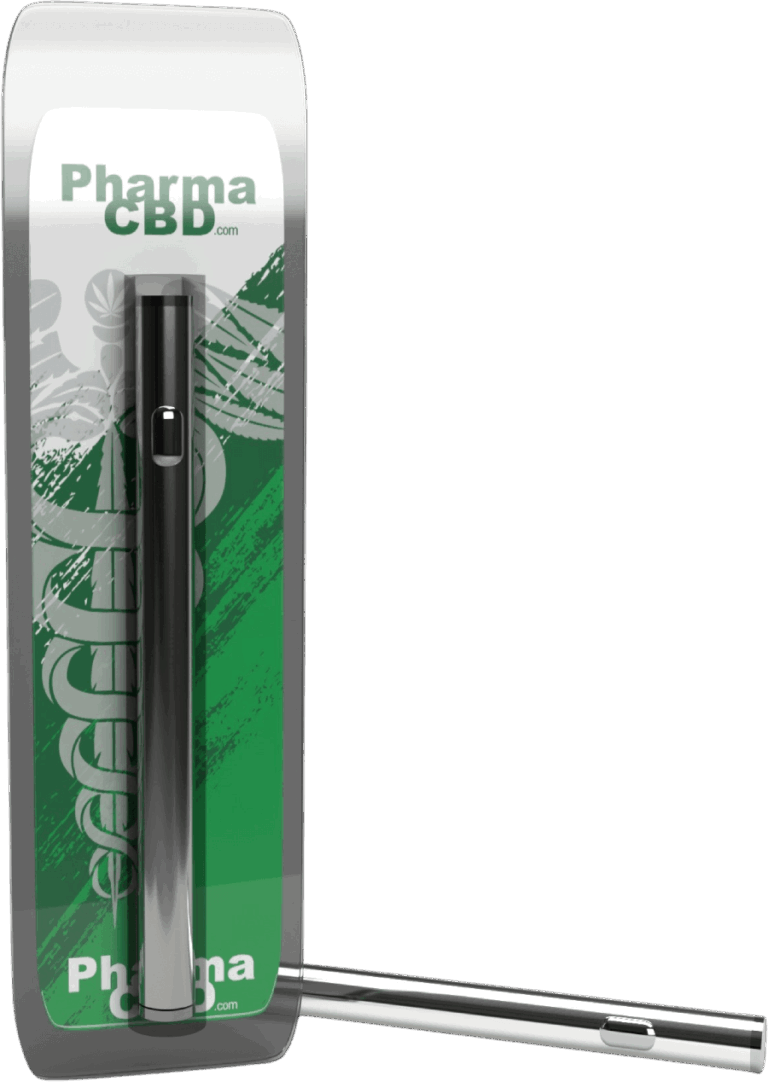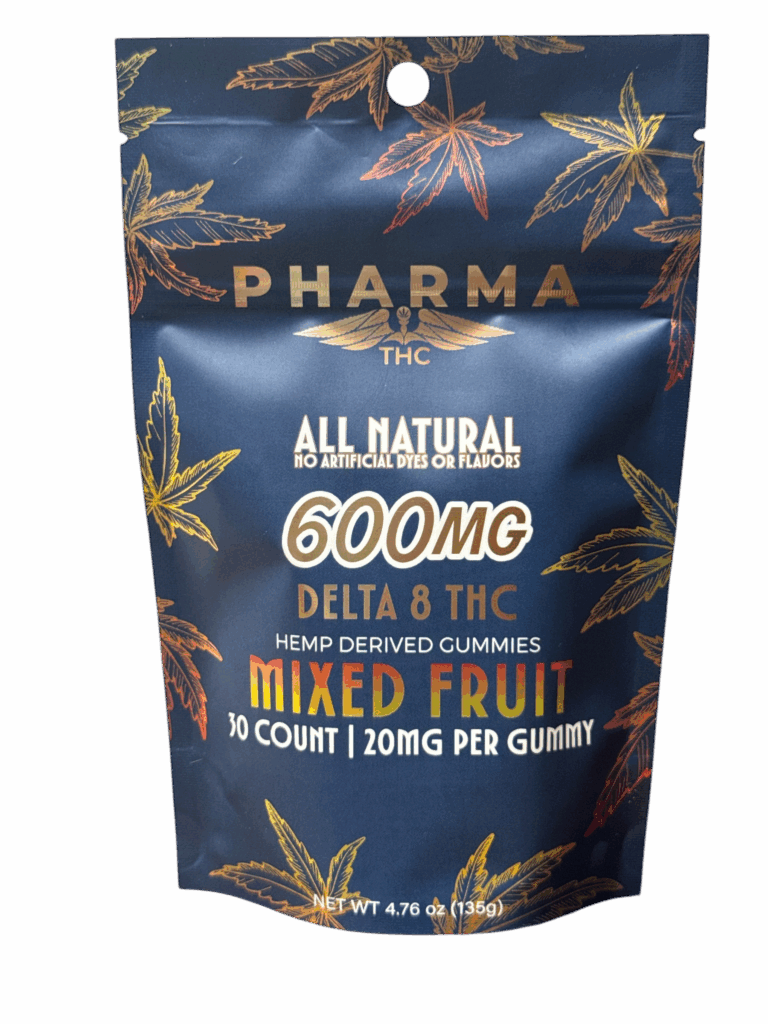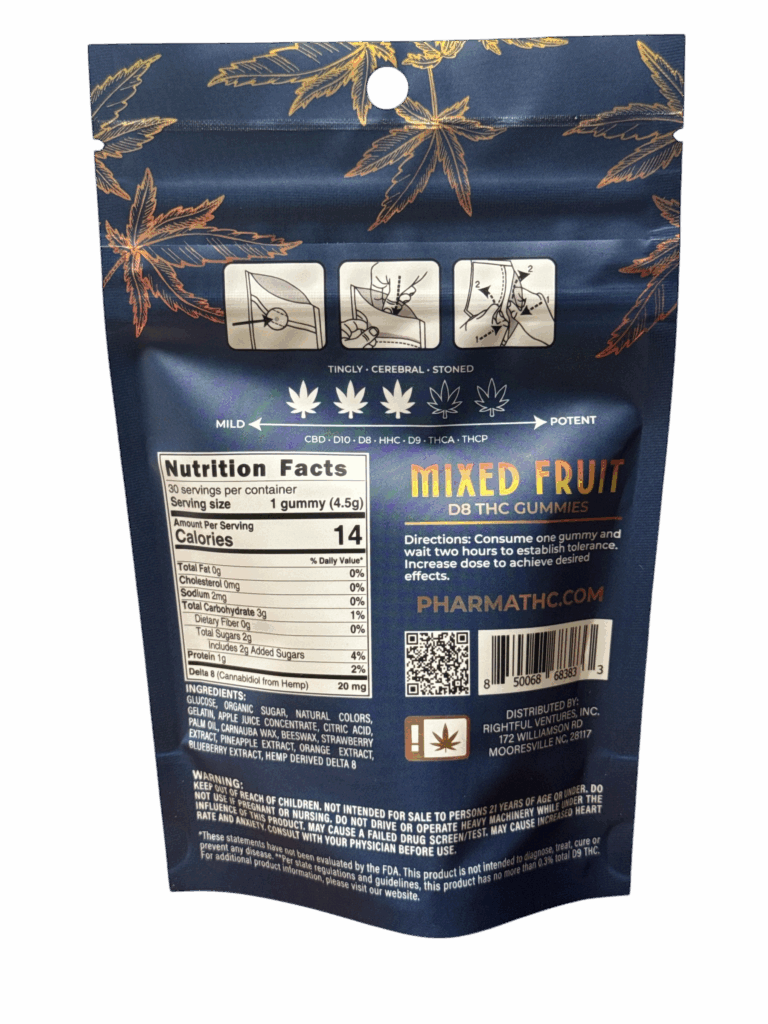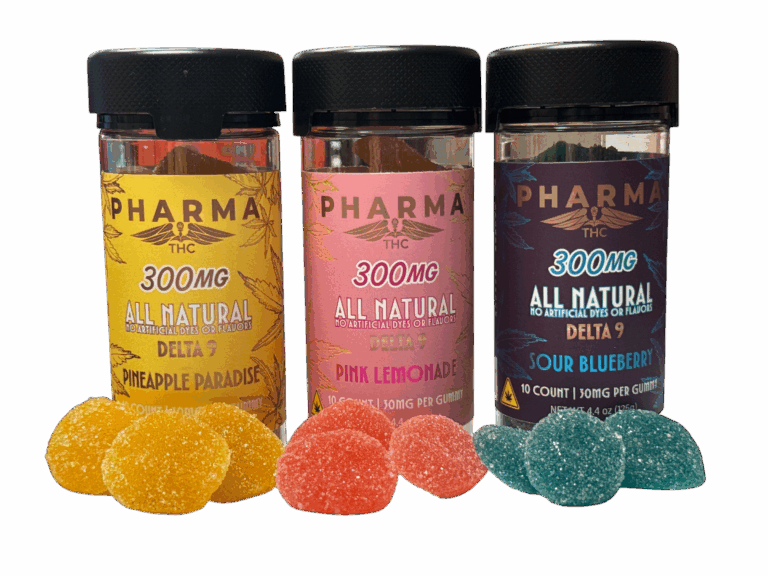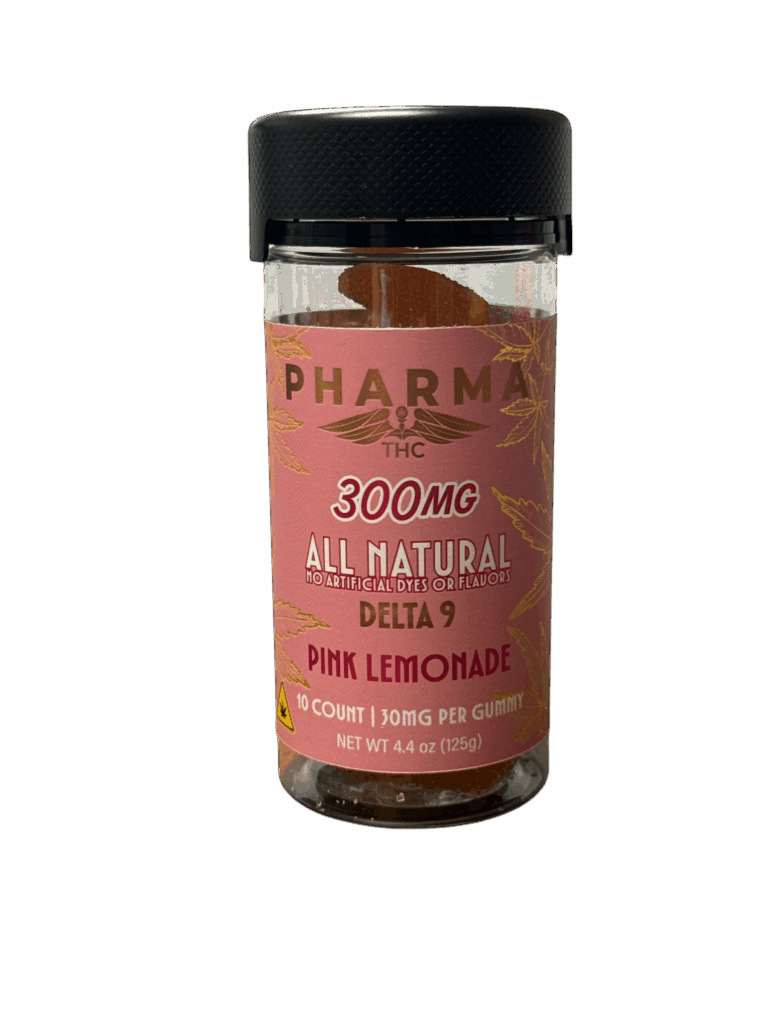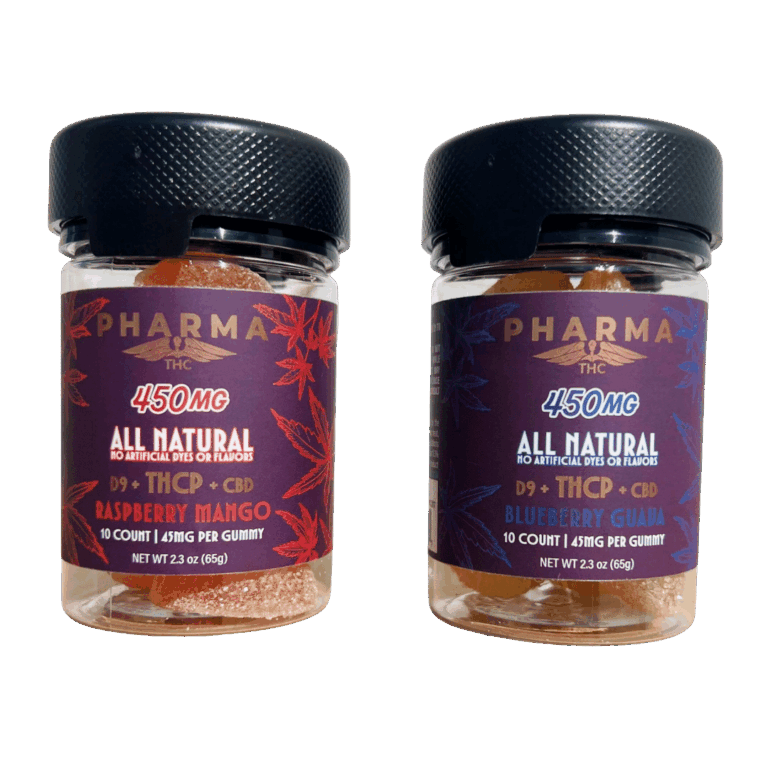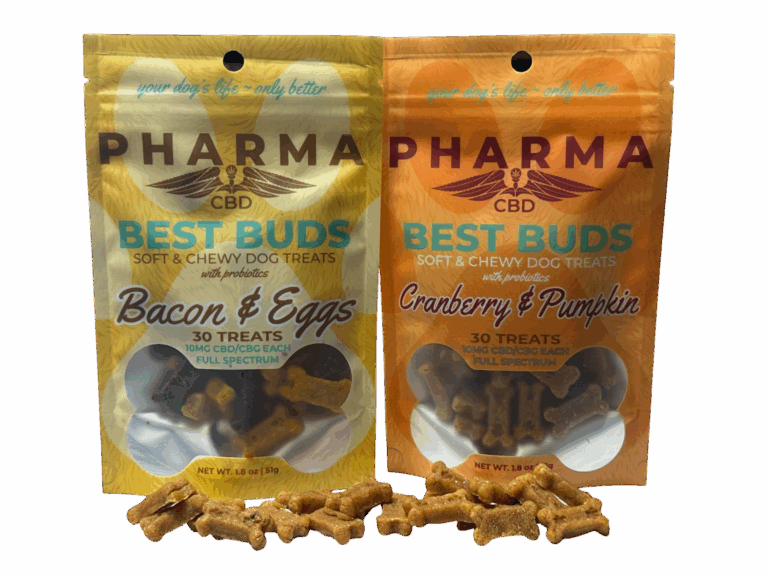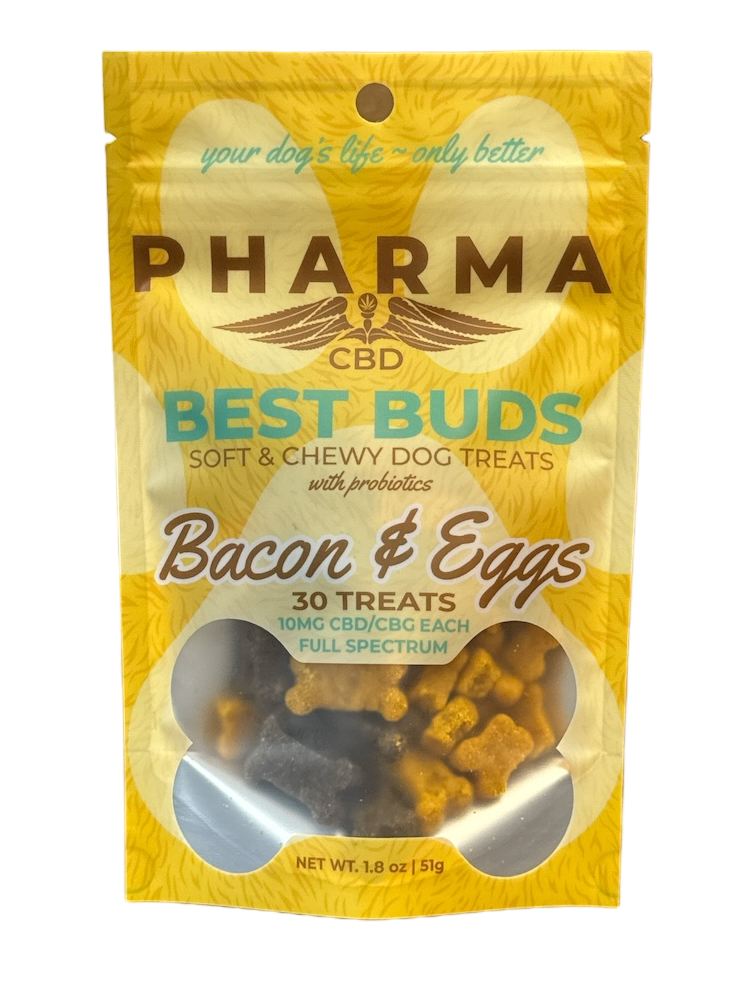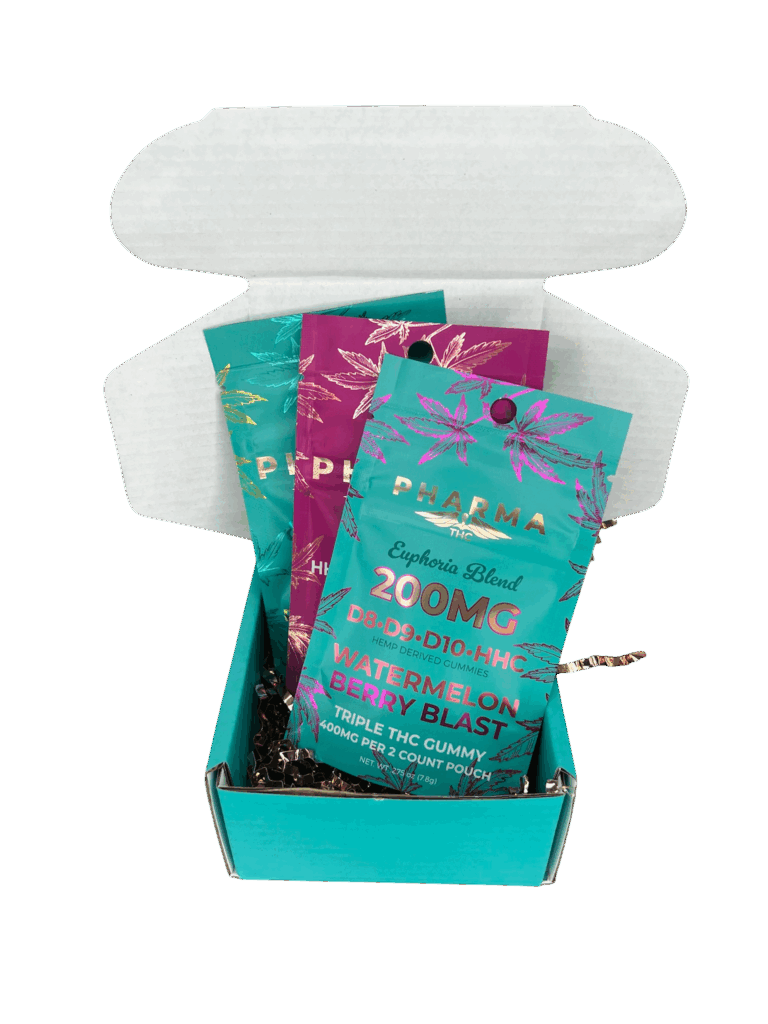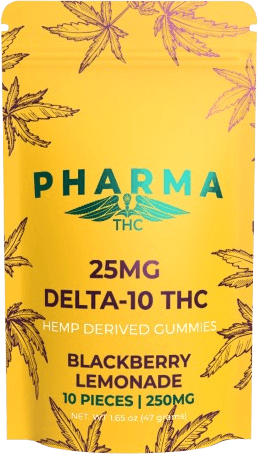Knowledge Hub
Find the answers to your most burning questions.

What is CBD?
What is Delta 8?
What is Delta 9?
What is Delta 10?
What is the endocannabinoid system?
What is Kratom?
What does hemp-derived really mean and are these products legal?
How much product in an oil dropper should I take at one time?
Is CBD safe for my pet?
Why choose hydrocarbon (butane) extraction for tinctures?
Why is it so hard to find medical advice about CBD or Delta cannabinoids?
How can I travel with hemp-derived cannabis safely?
It can feel a little scary the first time you decide to take a hemp-derived product with you somewhere, especially since regulations on these products do change from place to place. Though federally legal, it is always a good idea to research your upcoming destination and make sure that hemp-derived cannabis products are legal to possess. You don’t want to give yourself a lot of extra trouble unnecessarily. You’ll also want to become familiar with the location of the COA QR code on your packaging, just in case you happen to get hassled about it. That QR link will take you directly to our batch testing information, so anyone that’s curious about what it is exactly you’re carrying with you has that information right at your fingertips. This can be especially useful when transporting flower products, which can look to the casual observer like illegal material. Make sure to do some extra research when transporting these products internationally, since not all countries mirror the USA’s cannabis laws and no one wants to spend time in jail, especially abroad.
How safe are hemp-derived cannabis products?
Can I take CBD or other hemp-derived cannabis products while pregnant or with another medical condition?
Are hemp-derived THC cannabis products addictive? What about CBD?
Human beings are reward-seeking. We have a brain hard wired to crave pleasure, and when your brain gets used to receiving steady doses of it, it can begin to crave that feeling. So, is THC something you can become dependent on? In short, yes. THC does provide a pleasurable dopamine release, and with high use, can become something your brain needs more and more of in order to be effective, whether that THC is hemp-derived or not.
This is called “cannabis use disorder” and studies have found that it occurs in around 9% of regular THC users. Though that might seem like a bigger number than you were prepared for, compared with other commonly used psychoactive substances, it’s actually pretty low. Even drugs we consider culturally common come with much higher abuse rates, with caffeine sitting around 11-22% (depending on which study series you happen to look at), alcohol coming in around 15%, and nicotine boasting a worryingly high 32%. And don’t get us started on sugar!
Though it’s so widespread in the American diet it’s hard to get statistics about sugar addiction, a 2015 study showed that rats, when given an option between normal food, food laced with cocaine or the same food topped with sugar, chose sugar 94% of the time, even when they had to work much harder for it. Need we say more?
Breaks from regular cannabis use can be helpful for avoiding dependency, and most studies have shown that your endocannabinoid system’s tolerance resets entirely after four weeks, even for heavy users. Part of being a responsible cannabis user is understanding how cannabis affects your life and recognizing if you are developing negative life behaviors associated with it. Everything is best in moderation.
Conversely, there is no conclusive evidence that CBD produces addictive effects and it has even been shown in some studies to have a positive impact on those affected by cannabis use disorder as well as other addictions. Though it’s still too early to state definitively, we can state comfortably that you are unlikely to develop a dependency on CBD products.
What is third party testing and why is it important?
When you buy a cannabis product, there are a lot of numbers on the package usually, total mgs, mgs per gummy, ratios of cannabinoids, all kinds of things. But how do you know that the numbers that company has put on their package are actually the numbers that are in the product? After all, you don’t want to eat a 20mg Delta 8 gummy that actually contained 50mg without knowing it, right? Or, for that matter, spend the money for a 50mg gummy not knowing that it only contains 20mg. It’s easy to claim milligram inclusions since they can be open ended. Does that 100mg package of chocolates account for all of the present cannabinoids or just the Delta 8 inside? And, even if that company you purchased from runs its own lab (like we do), it’d be difficult to verify whether or not those lab results are manipulated for bias. After all, it’s expensive to recall a batch of edibles because they were underdosed, or worse, illegally potent with non-hemp derived Delta 9 THC. This is why we use a third party, a non-biased laboratory, to test our products. This lab has no stake in our business, so the results are accurate and non-negotiable. We test within our lab and with a third party lab for every single batch, and always have those test results displayed for our customers at pharmacbdqr.com. That way, our customers always know exactly what they’re consuming and make the best decisions for them accordingly.
Sativa, indica, hybrid: which is best for me?
Shopping for a particular cannabis strain can be overwhelming especially if you’re new to it. There are so many different varieties and so much breeding to understand, so a good place to start for most users is with the three major cannabis subcategories: sativa, indica, and hybrid.To understand which variety may be best for you, it’s best to have a results goal in mind. Most people report that sativa strains are best for daytime, with many claiming to receive the benefits of a sharper mental state, more creativity, productivity, and generally an upbeat, awake, energized mood, ready for artistic endeavors and good conversations. This is generally referred to as more of a mental high.
On the other side of the spectrum lie the indica strains. Most users tell us that indicas are more body high, producing reported effects of sedation, drowsiness, pain relief, and states of deep relaxation. This makes them a perfect fit for a nighttime strain. Indicas are famous for their documented “couch lock” effect, where one’s body and mind become so relaxed that it’s difficult at times to even leave the couch!
Hybrids, as you may have realized, fall somewhere in the middle, boasting parentage on both sides of the effect spectrum, for a balanced state of being that gets a little bit of everything. Hybrids are usually considered a good place to start for new cannabis users, so that they can get an idea of what they like about the experience and intensify those feelings by swinging to one side of the fence or the other, though they have plenty of merit in their own right. Avoiding the extremes of full force sativas and indicas, hybrids provide a nice even blend of both experiences. Simply match the feeling with what you’re feeling and you’re sure to have a match made in heaven.
What are terpenes?
Terpenes are a basic component of most plants, not exclusive to cannabis. These are organic in nature and develop in plants in accordance with the plant type and how it’s grown. These compounds are affected by everything from the soil makeup and climate to the age of the plant and how much rain they receive.
These compounds contribute the signature tastes and smells of cannabis strains, but also to the overall effects experienced by the user. The difference between them isn’t as drastic as say, the difference between CBD and THC, but they do make a significant impact. Terpenes are categorized by their flavor profile and are broken down into 4 camps: sweet, spicy, sour, and bitter, though the effects of each are arguably the larger interest. For example, many labs claim that when examining cannabis, you can identify if the sample originated from an indica or sativa, just from the levels of myrcene (one of these terpenes) found within. Though there hasn’t been any conclusive evidence, studies have shown correlations between different terpenes and a variety of psychological and physiological benefits. For a non cannabis example: we’ve all heard that lavender is relaxing, right? Well, the reason we associate the two is thanks to the linalool in the plant! Experimentation with linalool has produced suggestion that the terpene is mildly sedative and has a relaxing effect on nerve impulses and muscle spasms. The good news? There’s linalool in lots of cannabis strains as well. Though there is a lot more study that needs to be conducted, terpenes are well worth the research and could produce enhanced cannabis benefits through the entourage effect.
What method of use provides the best bioavailability?
Bioavailability refers to the amount of a substance that is actually absorbed by the bloodstream when it is introduced to the body. It may surprise some people to learn that when you eat a THC gummy for example, your body doesn’t use every single miligram that you consume. As THC is hydrophobic and the body is made up largely of water, cannabis is not particularly conducive to high bioavailability and a large portion is broken down by the body as it passes through your digestive system, a small portion reaching your bloodstream. As such, different forms of cannabis have different bioavailability, essentially becoming a measure of which method of imbibing uses the product to its highest effective potential. Though things like body composition and metabolism, as well as the product quality do effect bioavailability, there are basic percentage ranges for different types of product. We surveyed 8 different studies and on average, here is the standard bioavailability that you can expect:
● Oral Ingestion – 8-17% (keep in mind that THC breaks down in the system to a compound called 11-hydroxy-metabolite, which is 4-5X more psychotropic than standard fare THC)
● Sublingual Ingestion– 28-47%
● Smoking – 24-48%
● Vaping – 33-54%
Cannabis is recreationally legal where I live. Why should I still use one of these products?
We should all be so lucky! It’s easy to think that living in a state where it is legal and easy to purchase cannabis in its raw form would make all of these other compounds obsolete, but we think you’ll find that’s just not true. The truth is, Delta 9 rich cannabis in its totally natural state isn’t necessarily the right fit for you. Not everyone that enjoys cannabis likes all the aspects of the potently psychotropic high of Delta 9 THC. Some people prefer a gentler experience that’s more focused on the body than on the mind (which might lead them to explore Delta 8) or maybe they want a milder experience all together with a little extra glow added to their day (which could be explored with Delta 10). Then there are the numerous mixes of different THC compounds for much more customized experiences that can fit into a user’s lifestyle exactly the way they want it to. If you could tailor the THC experience to fit you specifically, wouldn’t you?

